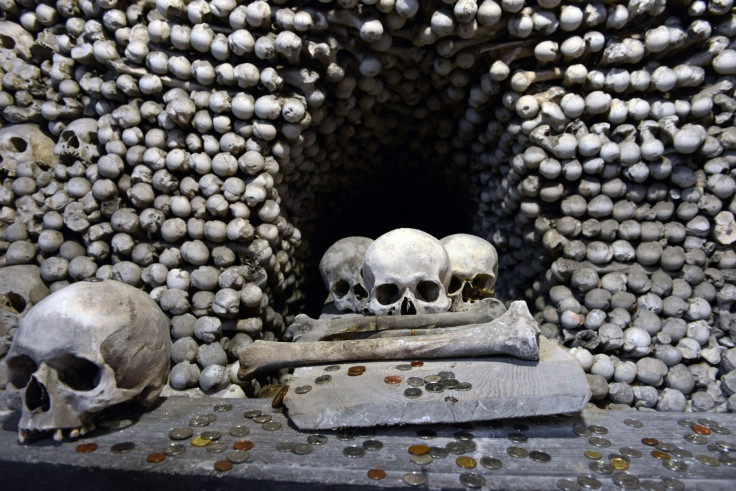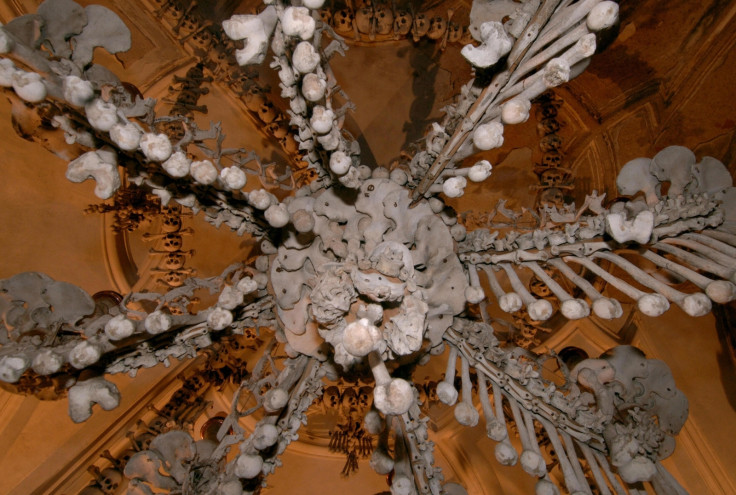Black Plague victims among 1,500 skeletons discovered in 30 mass graves next to 'bone church'
The remains were found near Czech Republic's Sedlec Ossuary and make up one of Europe's biggest burial sites.

Archaeologists have discovered around 1,500 skeletons in 30 mass graves in the Czech Republic. The remains were unearthed on the plot of the Sedlec Ossuary, a chapel in the Czech suburb of Kutna Hora, famed for being decorated with thousands of skeletons.
The bones reportedly date back to the 14<sup>th century and most probably belonged to victims of famine. According to lead archaeologist Jan Frolík of the Czech Academy of Sciences Institute of Archaeology, the burial site is one of the largest in Bohemia and he estimates it might also hold the record for most number of skeletons in Europe.
"The 30 graves, as far as I know, are the largest set in Europe," he told the Prague Daily Monitor. "We must realise that such a mass grave represents a sample of a population within a very short period, which is extremely valuable to us."
The graves were found while repair work was being undertaken on the chapel. The floor of the ossuary is below ground level. The team was excavating the surrounding cemetery to access the lower part of the building when they came across the bones. Skeletons were found along the entire northern side of the ossuary, as well as along the eastern and western sides.
According to Science Alert website, the foundations of the chapel which were erected around 1400 CE may have been built without prior knowledge of the graves beneath.
The eight-foot deep graves were piled high with bodies, some containing as many as 50 to 70 people. Researchers were able to establish that the bones found came from two different periods. The oldest skeletons are expected to date back to 1318 CE.
The graves measuring 2 metres (6.5 feet) square and 2.5 to 3 metres (8.2 to 9.8 feet) deep, are from two distinct periods in the 14th century. The researchers connected the oldest pits to a famine that swept the region in 1318 CE, around the time a famine affected the region. Newer graves were traced back to the time of the Black Plague (1348-1350 CE).
"It may be expected that further mass graves will be found during the research of the interior," Frolík added, surmising that the older graves were not marked considering the area was used for newer burials as well as the construction of the chapel.
Only a few belongings like bronze and iron buckles and coins were found on the site.
Sedlec Ossuary
The Sedlec Ossuary is one of the most famous historic structures in the Czech Republic. Located beneath the Cemetery Church of All Saints, the Roman Catholic chapel is popularly known as the "church of bones" because of the bones of 40,000 to 70,000 people that decorate its interiors.
The most impressive structure is a massive chandelier which is said to contain at least one of every bone in the human body.























